Albania / Republika e Shqipërisë – Let’s explore here
What’s it like in Albania?
Albania is a diverse mountainous country in the Balkans, in southern Europe. Whilst not as developed in terms of tourism as many other Mediterranean countries, its coastline is pristine, the sea is transparent, and the mountain views are spectacular. The highest point is Mount Korab, on the border with North Macedonia, at 9,068 ft (2,764 m) above sea level.
The best thing about Albania is its stunning natural beauty. From the rugged mountains and lovely villages in the interior to the pristine beaches along the Ionian and Adriatic Seas, Albania offers an incredibly diverse landscape. Hiking in the Albanian Alps is great, as is exploring the ancient ruins, or relaxing on unspoiled beaches like those in the Albanian Riviera.
It’s about the size of Belgium, and has a population of around 2½ million people (2023), most of whom live the in the central western part of the country. Almost one million people live in the capital, Tirana – a really vibrant city which has the feeling that you can probably buy anything in existence.
The country shares its borders with Greece, Kosovo/Serbia, Montenegro and North Macedonia.


A bit about the history of Albania
Albania has a long and complex history, shaped by its position in the Balkans and its rich cultural heritage.
Ancient and Medieval Periods
The area now known as Albania was inhabited by Illyrian tribes in antiquity. It was later influenced by Greek colonisation, particularly along the coast, and came under Roman control in the 2nd century BC. After the fall of the Roman Empire, the region became part of the Byzantine Empire.
Ottoman Rule
In the late 14th century, the Ottoman Empire began expanding into the Balkans, and Albania was gradually incorporated into the empire by the late 15th century. Albanian territories remained under Ottoman rule for several centuries, during which many Albanians converted to Islam and emigrated to other parts of the Ottoman Empire.
Independence and Early 20th Century
Albania declared independence from the Ottoman Empire in 1912, following a series of uprisings. However, the country’s borders were contested, and it experienced political instability and territorial disputes. During the Balkan Wars (1912-1913), Albania’s borders were defined, but it faced external threats from neighbouring countries.
Communist Era
In 1946, after World War II, Albania became a communist state under Enver Hoxha. The regime was highly authoritarian, isolated the country from the outside world, and implemented radical policies. Albania’s isolation intensified during Hoxha’s rule, as the country broke ties with both the Soviet Union and China. The regime was marked by harsh repression, censorship, and a cult of personality surrounding Hoxha.
Transition to Democracy
In 1991, after Hoxha’s death and the collapse of communism in eastern Europe, Albania transitioned to a multi-party democracy. The country faced significant economic challenges, including hyperinflation and unemployment, but began the process of liberalisation and reforms.
Modern Era
Since the 1990s, Albania has worked to integrate into European structures, becoming a candidate for European Union membership. It has made progress in economic development, but it still faces issues related to corruption, organised crime and political instability. Albania also has a rich cultural history, with a mix of Mediterranean and Balkan influences.

Albania road trip
Our Albanian road trip was part of a much larger European road trip.
The north
On our road trip through Albania, we travelled from Montenegro, to Shkodër and Shirokë, overlooking the lovely Lake Shkodër, before visiting the beautiful mountainous area of Theth. The road to Theth used to be for 4×4 vehicles only, but now is a silly smooth tarmac road, providing stunning views.
The middle
We then visited Komani Lake and Krujë castle before making our way along the western highway in the pouring rain to stay in the amazing capital, Tirana. We found Tirana to be simply brilliant – such a vibrant city, bustling with life, but just a little bit crazy too 😉 The people are mostly friendly, although doing through the capital is not for the timid.
The south west
On our way southwards, we visited the amazing Roman ruins at Apollonia, where a Dutch TV station was filming a gameshow! We stopped off in the gorgeous seaside town of Vlorë, before travelling over the incredible Llogara pass, with its stupendous views along the mountainous coast. We then made our way to the lovely coastal tourist resort of Sarandë, from where you can see the Greek island of Corfu.
The south east
Finally we moved north west to the wondrous Lake Ohrid in North Macedonia via the treacherous and appalling mountain roads around Përmet and Korçë – we love those kind of terrible roads 😉
We definitely learnt a lot more about the Albania’s terrain, the people, their customs, how they drive and their beliefs. Much of it was a real eye-opener!
Map of our road trip through Albania

This is a map of our road trip through Albania on our travels, from Montenegro to North Macedonia.
Our route took us from Shkodër – Theth – Shirokë – Komani Lake – Krujë castle – Tirana – Apollonia – Vlorë – Llogara pass – Sarandë – Ksamil – Përmet – Korçë – Tushemisht – Lake Ohrid – Pogradec – Qafe e Thanes
Our favourite places in Albania
These are some of the best places that we explored on our road trip through Albania. We’ve put them in alphabetical order.
Apollonia
Apollonia was founded at the beginning of the 7th century in the lands of the Taunts, Illyrians from Corinth colonisers. The city was named after the God Apollo, and at its peak had 60,000 inhabitants. Julius Caesar’s grandson studied oratory in Apollonia and when he heard about his Caesar’s murder, he travelled from Apollonia’s harbour. When he became emperor he expressed his gratitude towards the city by releasing it from all taxes. Archaeologists estimate that only 6% of the city has been excavated to date.
When we visited, a Dutch TV station was filming a gameshow! It’s a great place to go, highly recommended.
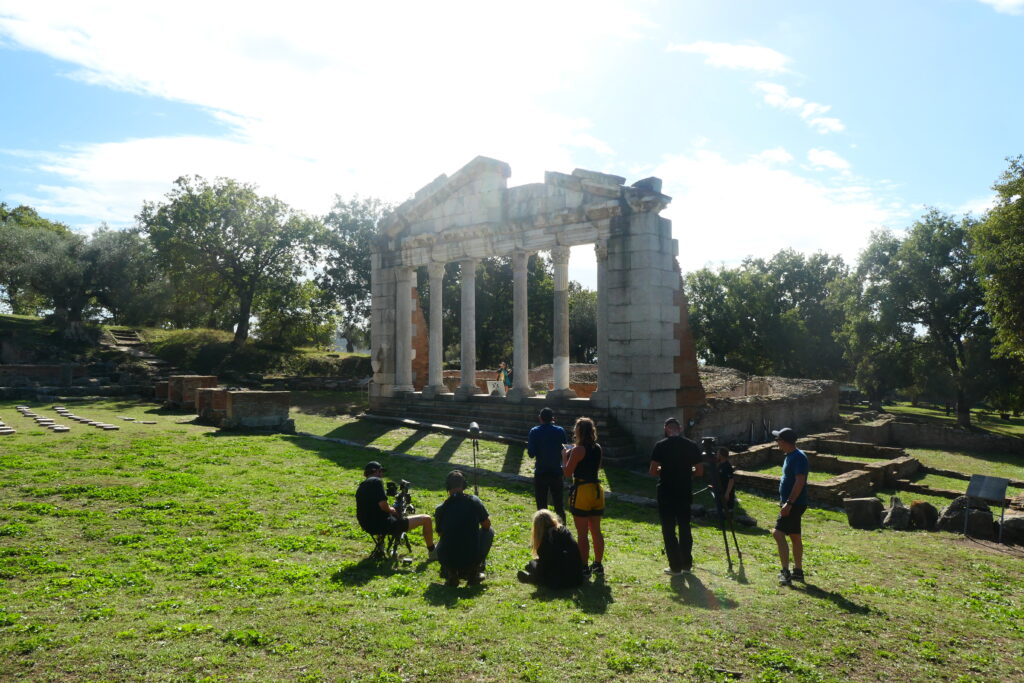
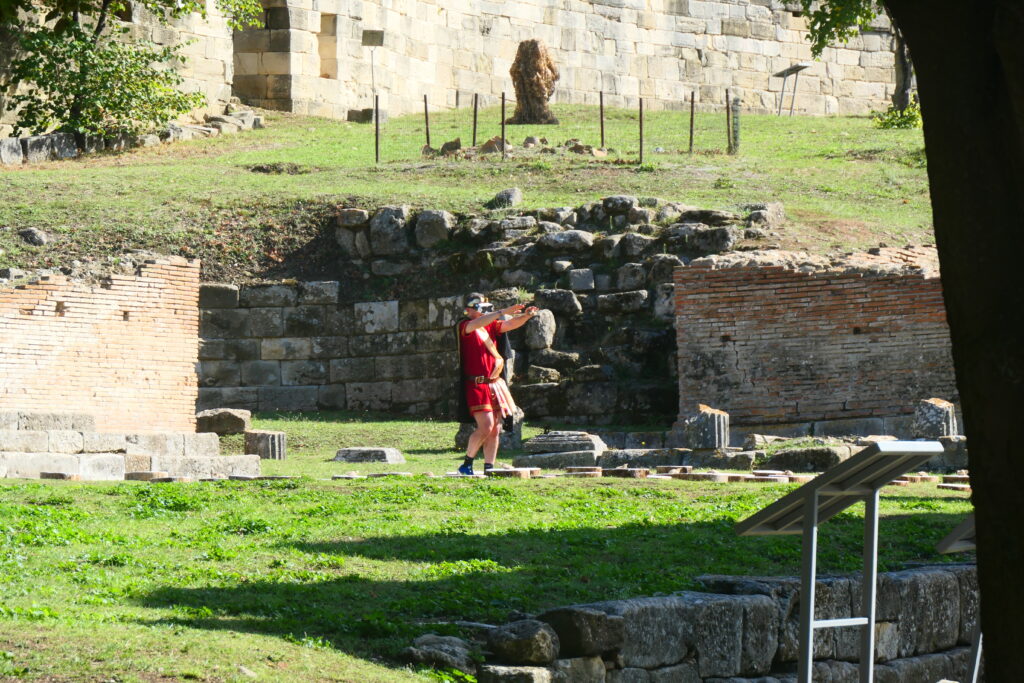
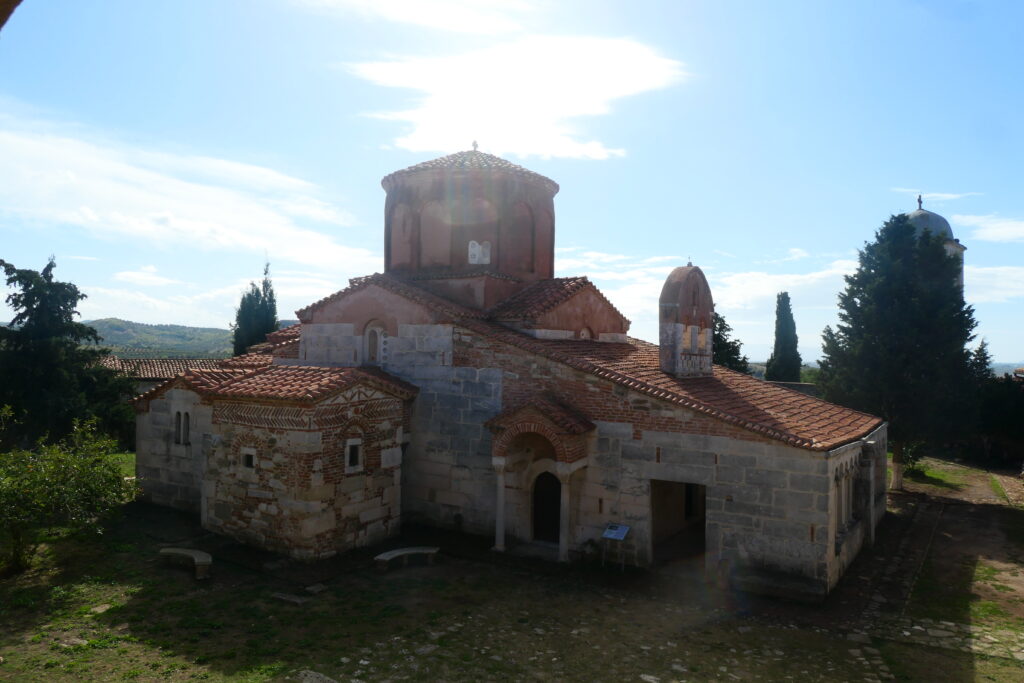

Korçë
Korçë is the largest city in eastern Albania, with a population of around 75,000 people. It sits in the mountains and the route that we took to get there isn’t maintained at all, and thus there are massive pot-holes and no tarmac at all in lots of sections. The winter weather has eroded much of it to the state where it is very hazardous to drive in a standard car. Not that it stopped our mighty VW Golf GTI though … patience is key!
The city is famous for its cultural heritage, including the National Museum of Medieval Art and the city’s many churches and old buildings. It’s also known for its delicious cuisine, especially traditional dishes like ‘tave kosi’.
The Albanian workers party – the sole party during the communist year of Albania, was established in Korçë in 1941. Much of the city has fallen into disrepair, although there were clear signs of renovation when we visited. The city is very different from those that lie more westwards towards the coast – there is far less tourism and commerce.
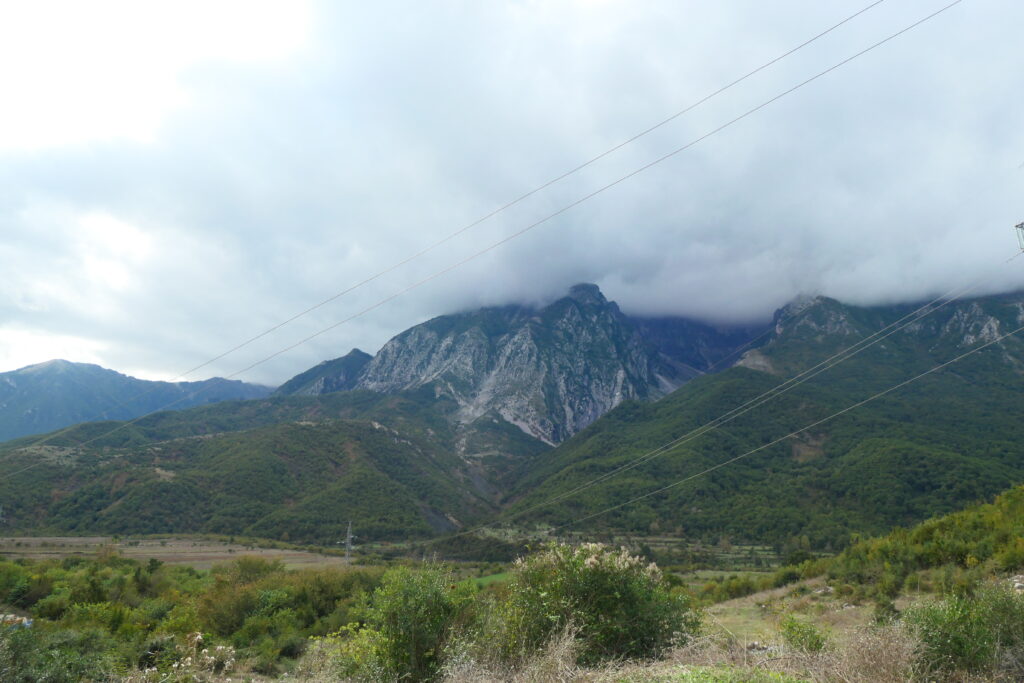
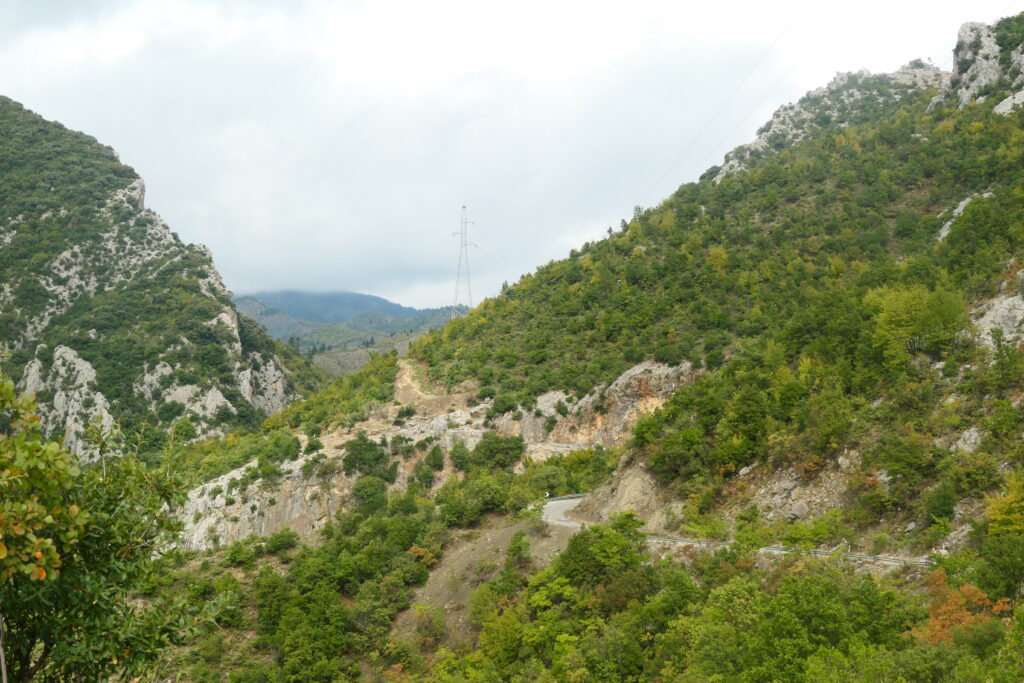


Krujë castle
Krujë castle sits at the top of the town of Krujë around 1,830 ft (560m) above sea level, and was built in the 5th century. In the 15th century, under the rule of the Albanian Christian lord, Skanderbeg, the castle withstood three Ottoman sieges, and was seen as a victorious Christian resistance against Muslims. The castle complex includes the Skanderbeg Museum, which houses artifacts celebrating the legendary figure’s life and battles. The surrounding fortress walls and towers offer spectacular views of the town and mountains.

Llogara pass
The Llogara Pass sits in the Llogara national park, and is a an awesome road that winds its way over the mountains at an height of around 3,370 feet (1,027 m). About two thirds of the way along the pass (travelling from Vlorë to Sarandë) there is a picturesque scenic lookout with fantatstic panoramic views over the coast and mountains.

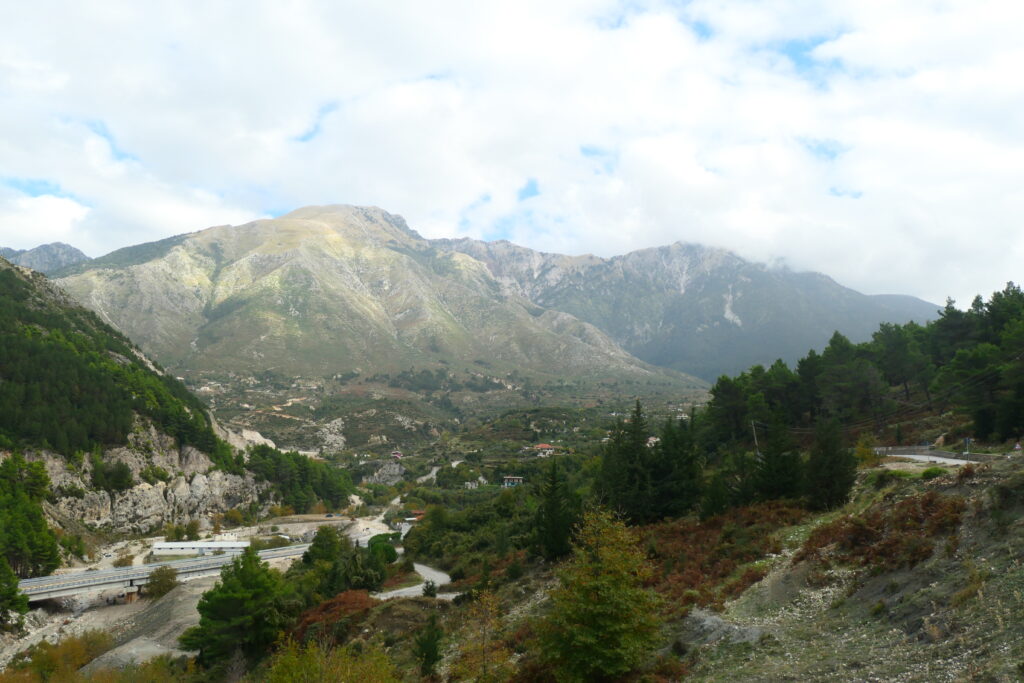

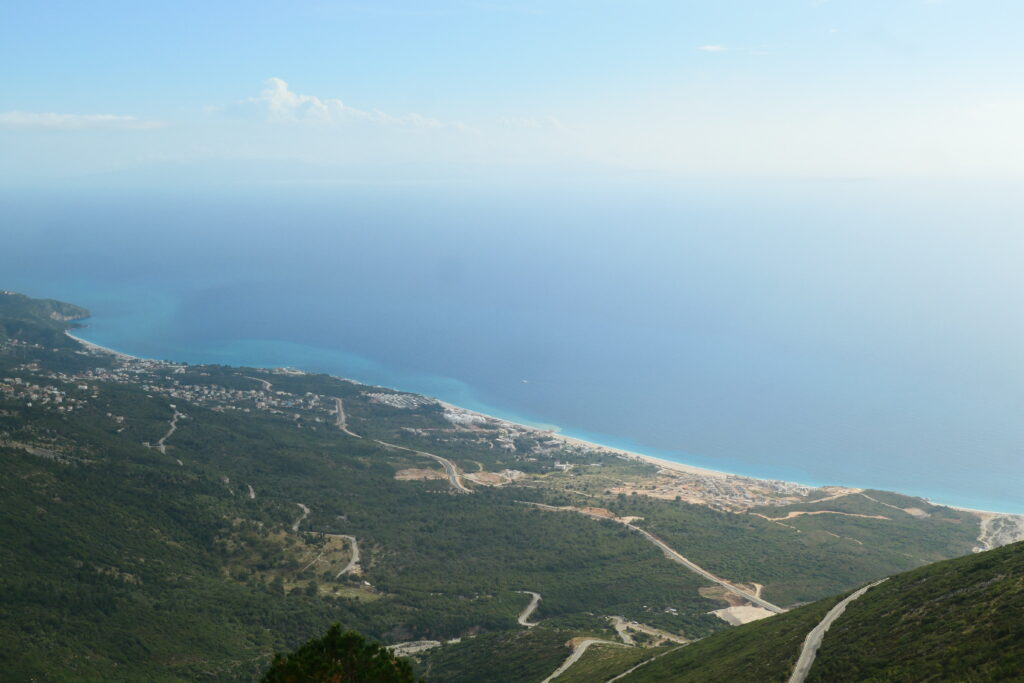
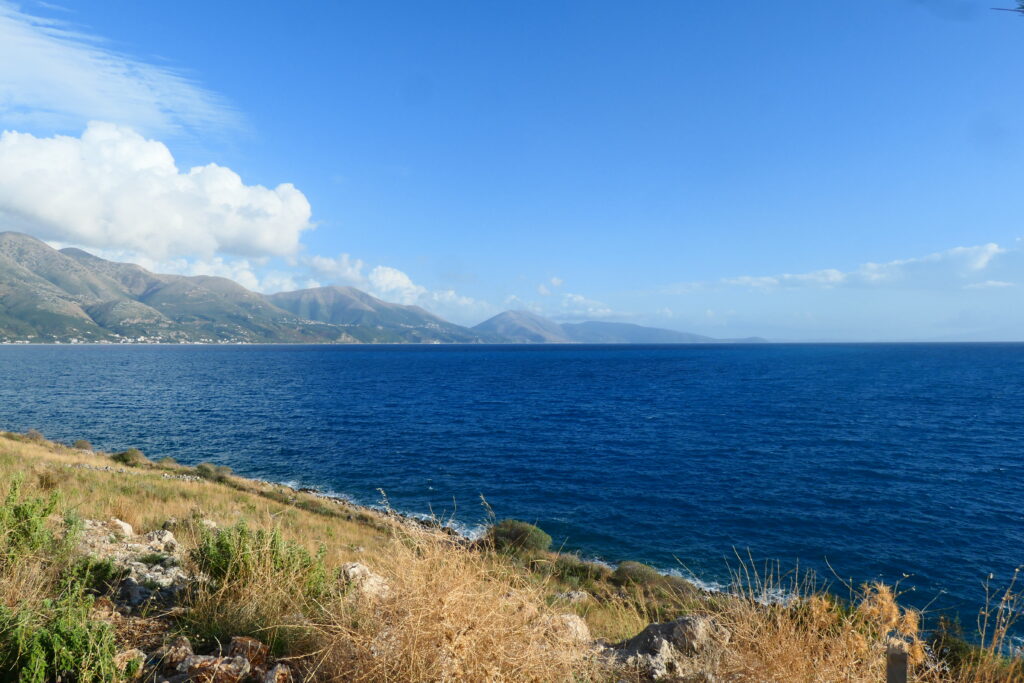
Lake Ohrid
Lake Ohrid sits between Albania and North Macedonia and is one of the oldest lakes in the world. The lake is stunning and the Macedonian side is extremely picturesque and provides well for tourists, whereas the Albanian side is more natural.
Located in the Albanian region of Kukës, the lake features crystal-clear waters and a stunning backdrop of mountains. It is home to unique species of fish and plants, many of which are found nowhere else in the world. The town of Pogradec, on the Albanian shore, offers a serene atmosphere with scenic views, charming promenades, and local cuisine.
There are two border points between the two countries on the lakeside road. The northern border (Qafe e Thanes) provides motoring insurance (green card) for those travelling by vehicle without valid insurance for North Macedonia. The southern border (Pogradec) does not have this facility.
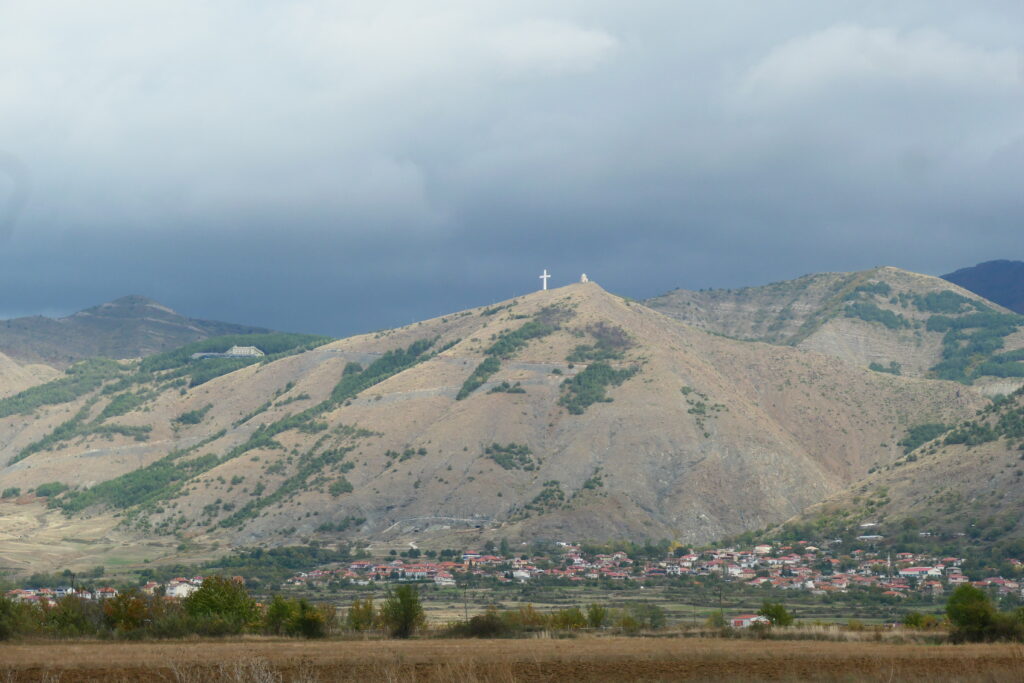
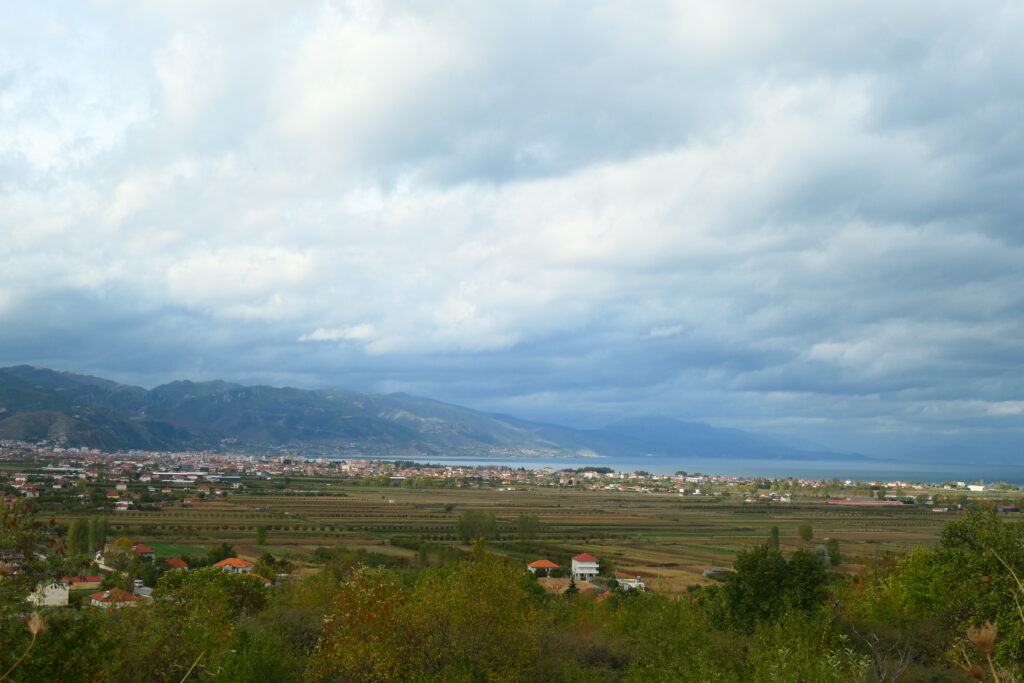

Përmet
Përmet is a small town located in southern Albania, nestled in the Vjosa River valley, about an hour north of the border with Greece. The town is surrounded by rugged mountains and lush greenery, and is known as the ‘City of Roses’, due to its vibrant flora. The town is rich in history, with Ottoman-era architecture and ancient bridges.
It is also famous for its thermal springs, particularly in the nearby Benja village, known for their therapeutic properties. The region is also a haven for anyone looking to explore the area though hiking and rafting.
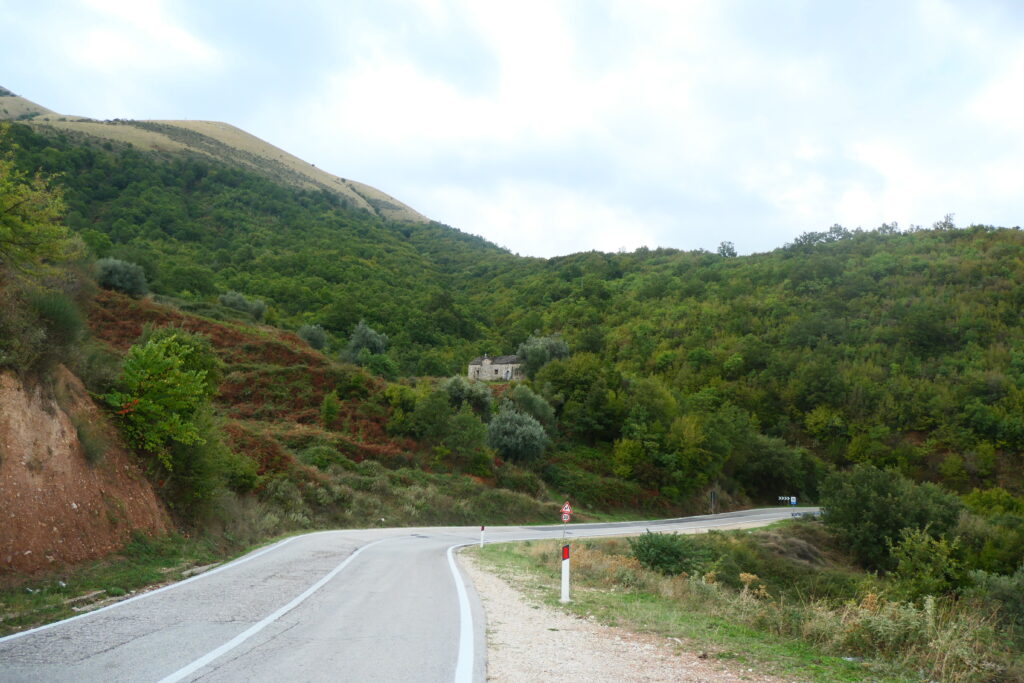



Rozafa Castle
Rozafa Castle, also known as the Shkodër Castle is one of Albania’s oldest castles, dating back to the Illyrian and Roman periods. It sits atop a hill, 430 ft (130 m) above sea level. According to legend, the castle’s construction involved the sacrifice of a woman, Rozafa, whose spirit is said to protect the fortress. You can visit the castle and explore its ancient walls, towers, and archaeological sites.


Sarandë
Sarandë sits on the Albanian riviera in southern Albania, and is a beautiful seaside resort. The views are fantastic, the beaches are stunning, the waters are crystal-clear, and the climate is Mediterranean. The city is well set up for tourism, and is also famous for its vibrant nightlife and lovely waterfront promenade. The Greek island of Corfu is just off the coast. There are also many great restaurants serving some excellent seafood. It really is a truly lovely city that’s far better value for money than many other cities in the Mediterranean.


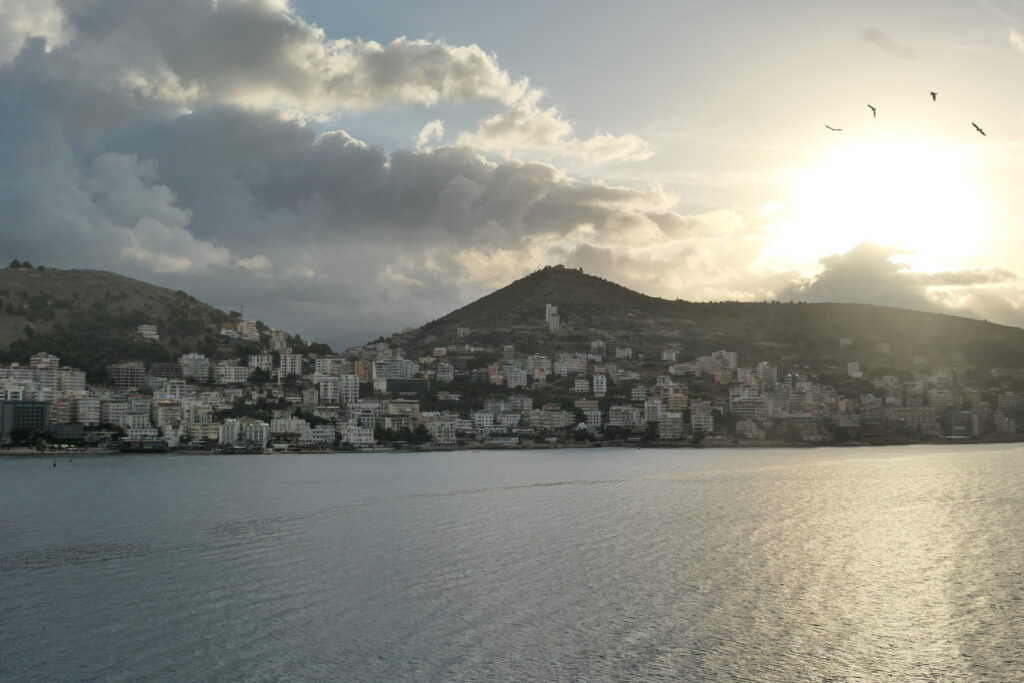

Shkodra Lake (Liqeni I Shkodrës)
Shkodra Lake, the largest freshwater lake in the Balkans, lies in the north west of Albania and spans the border between Albania and Montenegro. Known for its breathtaking beauty, the lake is surrounded by mountains and lush greenery. It’s a haven for wildlife, and is great for birdwatchers, as it hosts numerous species, including migratory birds. Wispy clouds often cover the small towns and villages surrounding the lake.


Theth
Theth is a picturesque village located in the Albanian Alps, within the Shkodra region. Known for its stunning natural beauty, it’s surrounded by towering mountains, lush valleys, and dramatic waterfalls. It’s a popular destination for hiking and outdoor activities, offering trails like the one to the Blue Eye, a crystal-clear spring. The village also boasts traditional stone houses and the historic Church of Theth.
The road to Theth is a beautiful road that winds its way through the mountains. It used to be that the road was only passable with 4×4 vehicles; however the road has now been upgraded and is almost entirely smooth as silk and accessible to all vehicles.


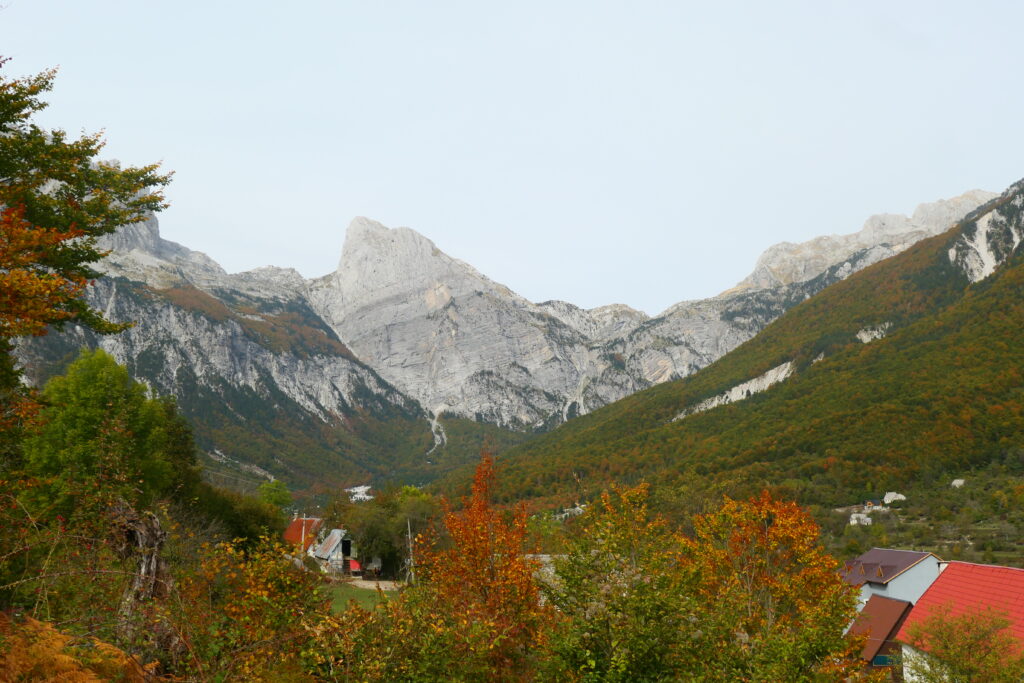

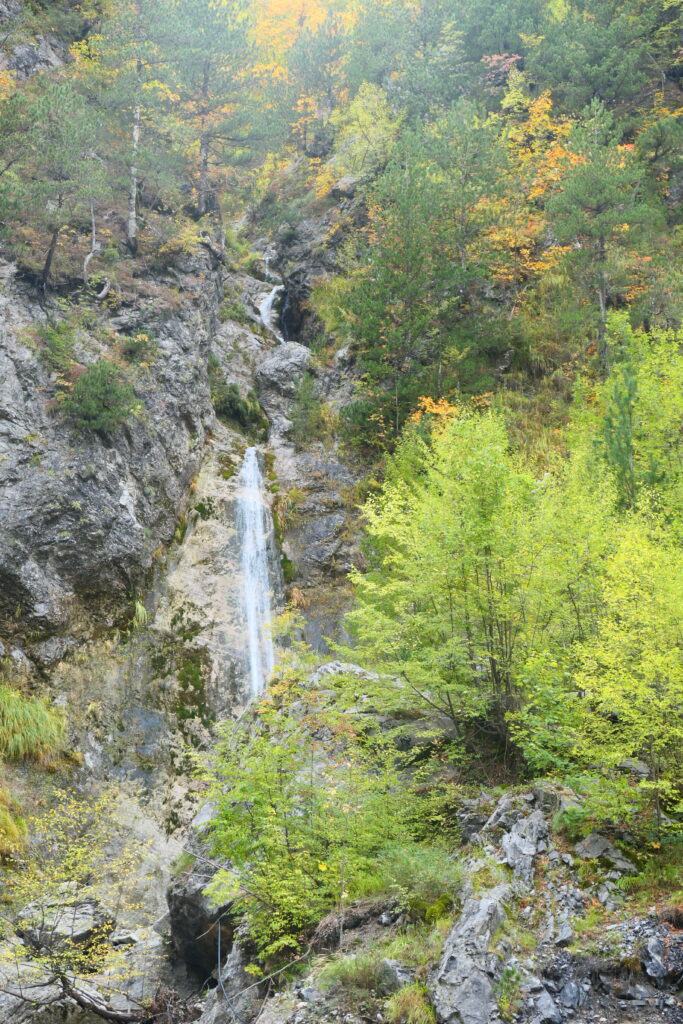
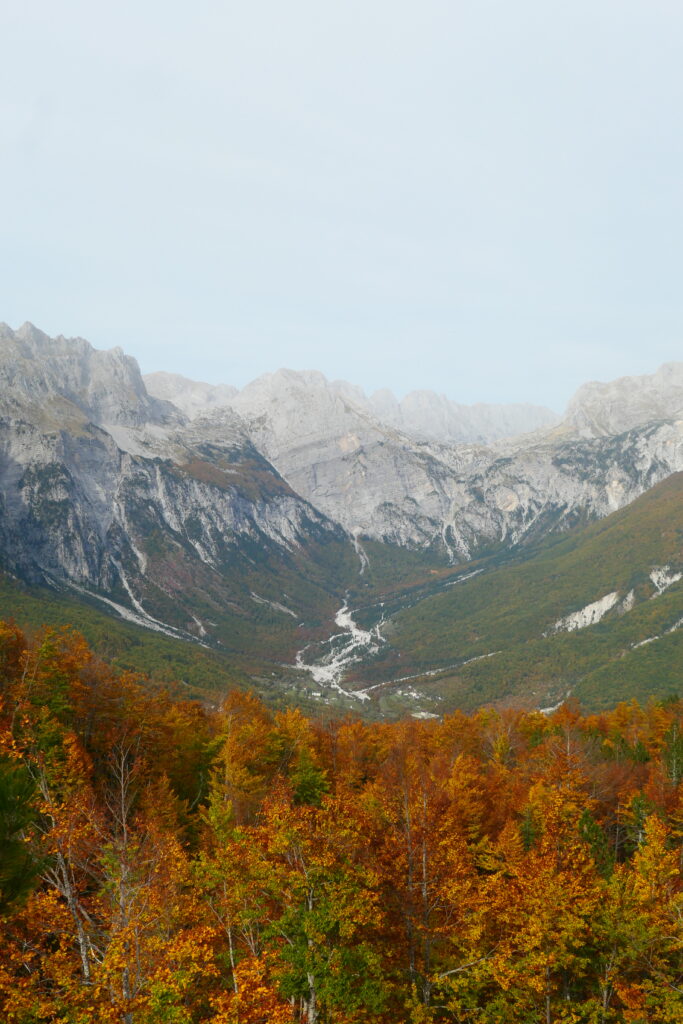

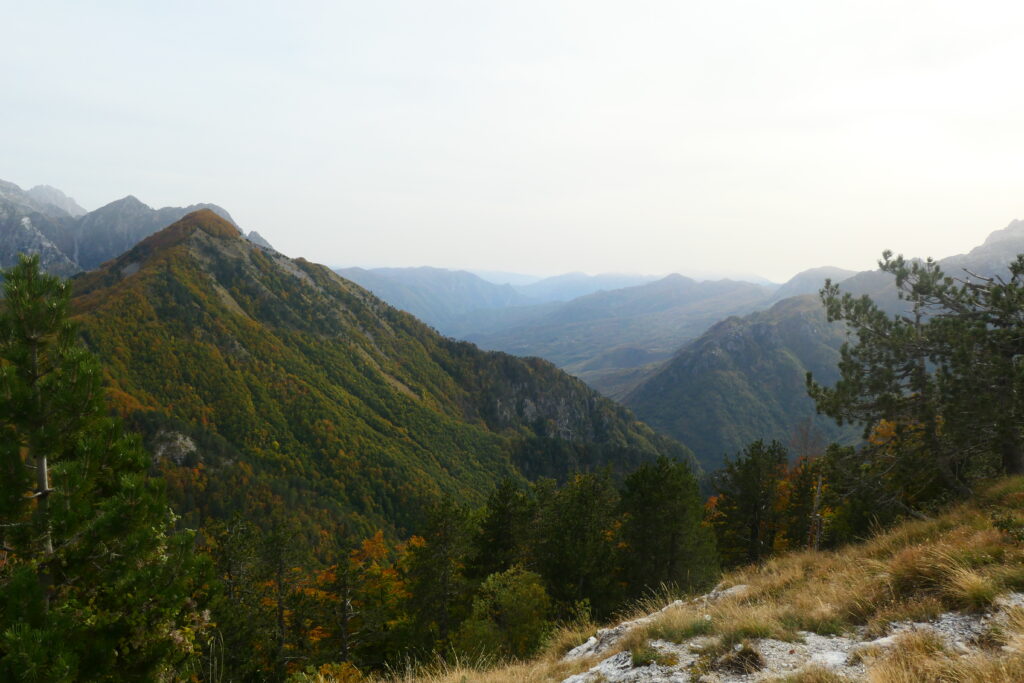
Tirana – capital of Albania
Tirana is one of the most lively, busy and very friendly cities in Europe. Although driving around is not for the faint hearted, walking around couldn’t be more pleasant. There’s just so much to see. It feels as if you could literally buy anything and everything possible!
The city features a mix of Ottoman, Italian, and Soviet-era architecture, alongside vibrant contemporary structures. Skanderbeg Square, the heart of the city, is surrounded by important landmarks like the National History Museum and the Et’hem Bey Mosque, and is particularly great. The tree-lined boulevards, colourful buildings, and lively cafés create an energetic atmosphere. The city is also a hub for arts, music, and cuisine. With green spaces like the Grand Park, Tirana offers a mix of urban life and nature, making it an exciting destination.
These photos we took are from early in the morning, as it gets quite lively throughout the day and on an evening. In fact, the whole city has a real buzz about it each evening. Well worth a visit!
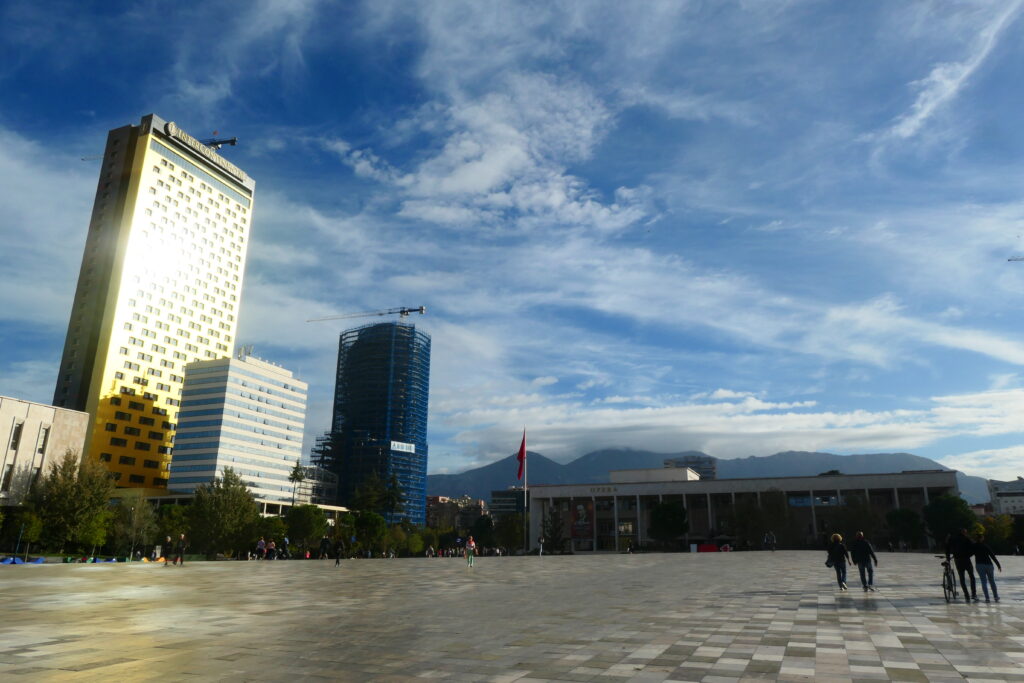

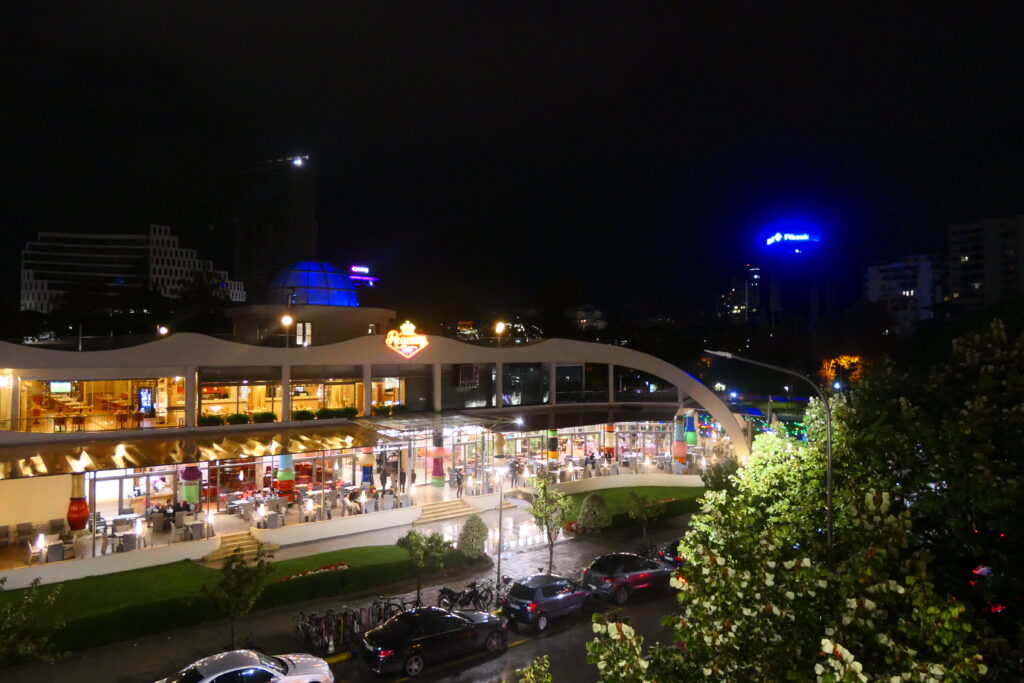
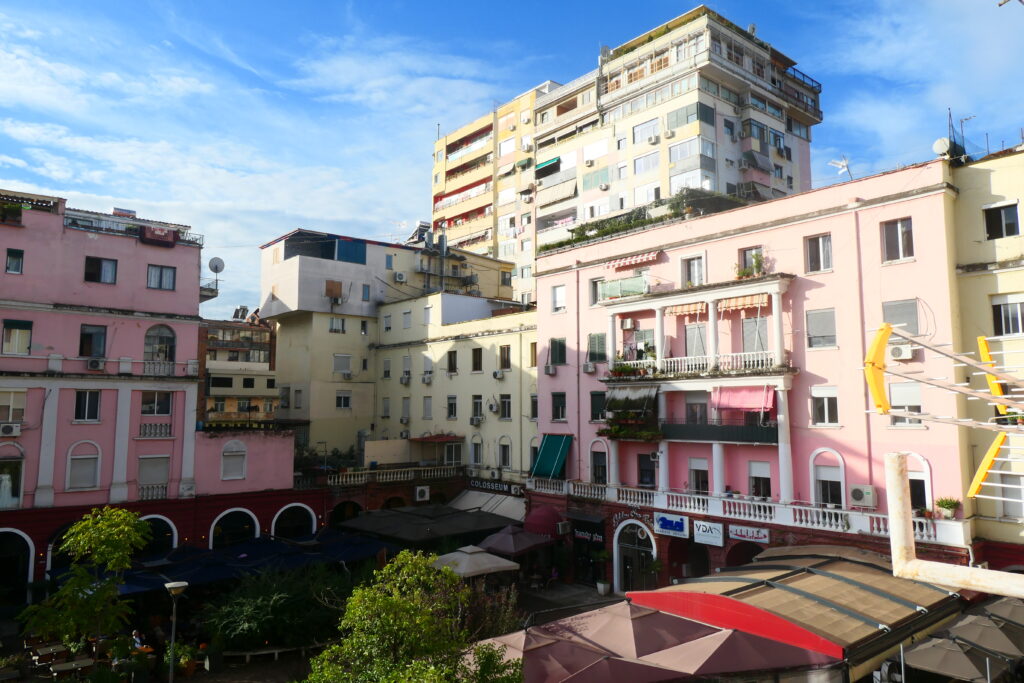
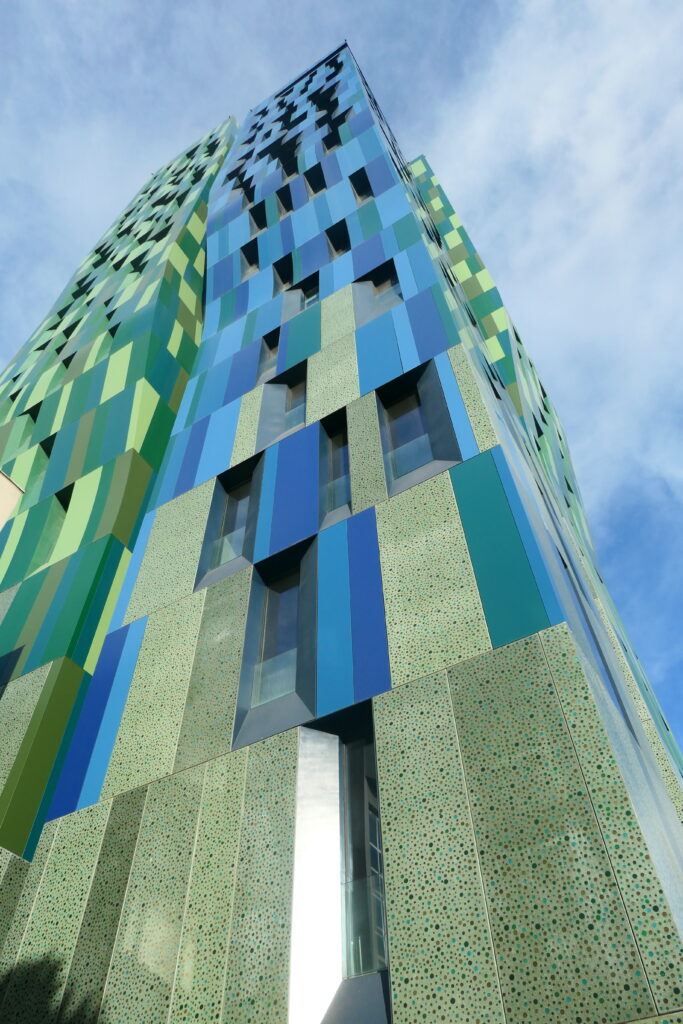
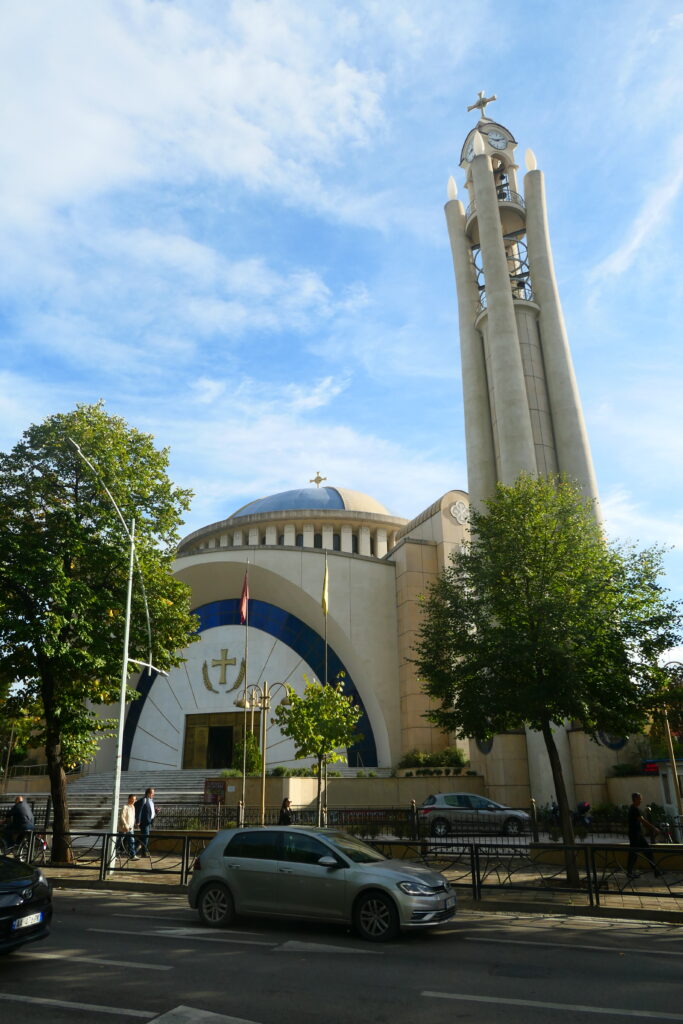
Vlorë
Vlorë sits on the Albanian riviera in the south of the country, and is a beautiful city. The views are fantastic, and the general vibe of the place is so relaxed it’s amazing.
Known for its beautiful beaches, crystal-clear waters, and mild climate, it attracts both locals and tourists. The city is rich in history, playing a key role in Albania’s independence in 1912, with the Declaration of Independence taking place here. There are historical landmarks, including the Muradie Mosque and the Independence Square, alongside modern waterfront developments.
It’s a truly lovely city that’s far better value for money than many other cities in the Mediterranean.
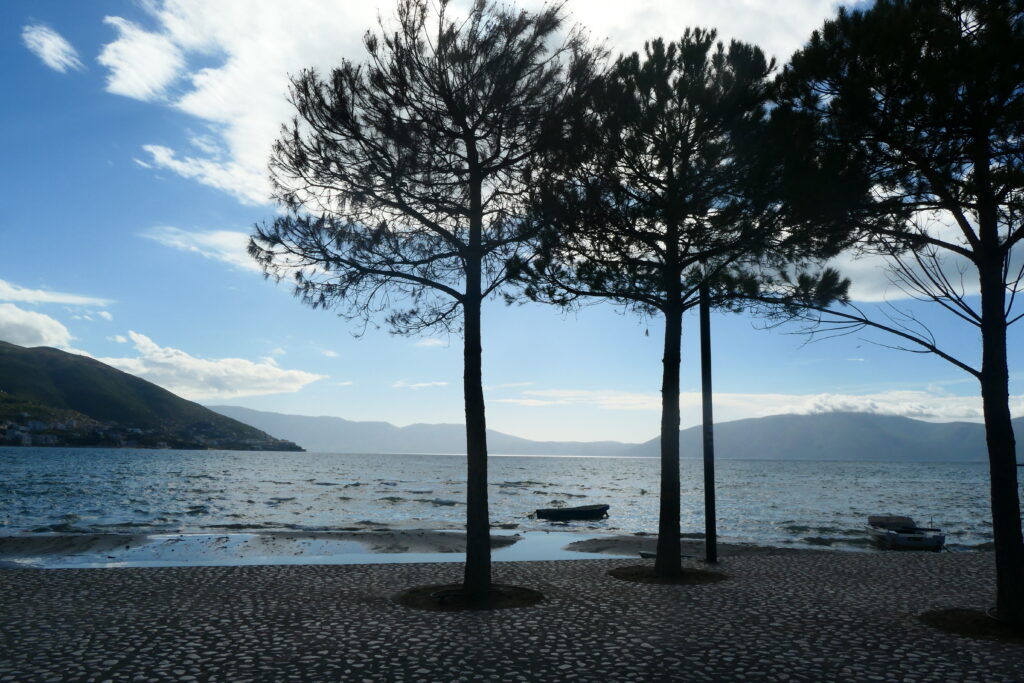

What’s it like to drive in Albania?
They drive on the right hand side of the road in Albania. Driving in Albania is not for the feint hearted. In cities in particular, it’s a bit of a free for all. People park literally anywhere, including the middle of the road, and they also double and triple park. Motorbikes and bicycles are often seen coming towards you on the wrong side of the road, sometimes at speed. Road lanes are unimportant, people tend to head for where they are going regardless of others. There are many road traffic police guiding traffic as best they can, and thus traffic lights become meaningless.
The use of the car horn appears to be important for many drivers, regardless of whether it’s needed at all. There are many very old cars in Albania, and many that definitely wouldn’t pass an MOT emissions test in the UK, pumping out all kinds of black smoke. In the main, Albanian driving is pretty poor, although we found that going with the flow was, in its way, quite liberating!
What condition are the roads in Albania?
We found that the main roads travelling north-south were fairly ok, however roads in villages or in any way not main arterial roads were very poor, with many being in an appalling state, i.e. not even considered paved roads any longer. Only in Armenia and parts of Serbia did we encounter such poor road conditions anywhere else in Europe! That said, our mighty VW Golf GTI literally took it all in its stride, and so long as we were careful, we found we could navigate the enormous potholes with ease! We never found any roads that required a 4×4 vehicle, rather it is ground clearance that is required.

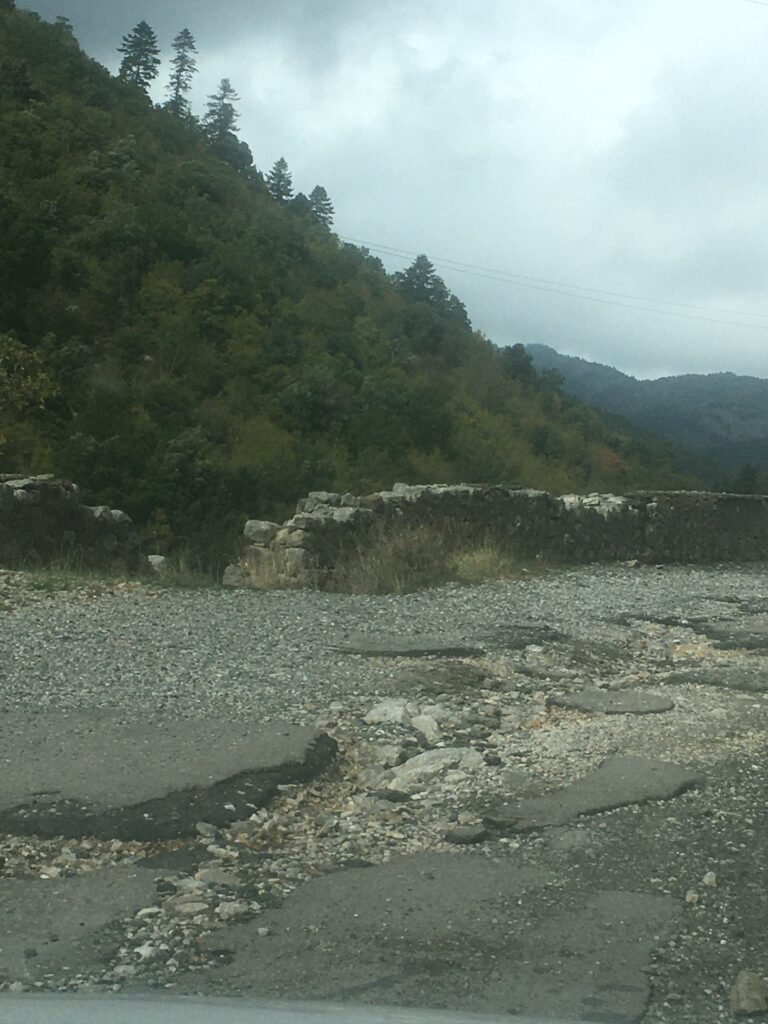
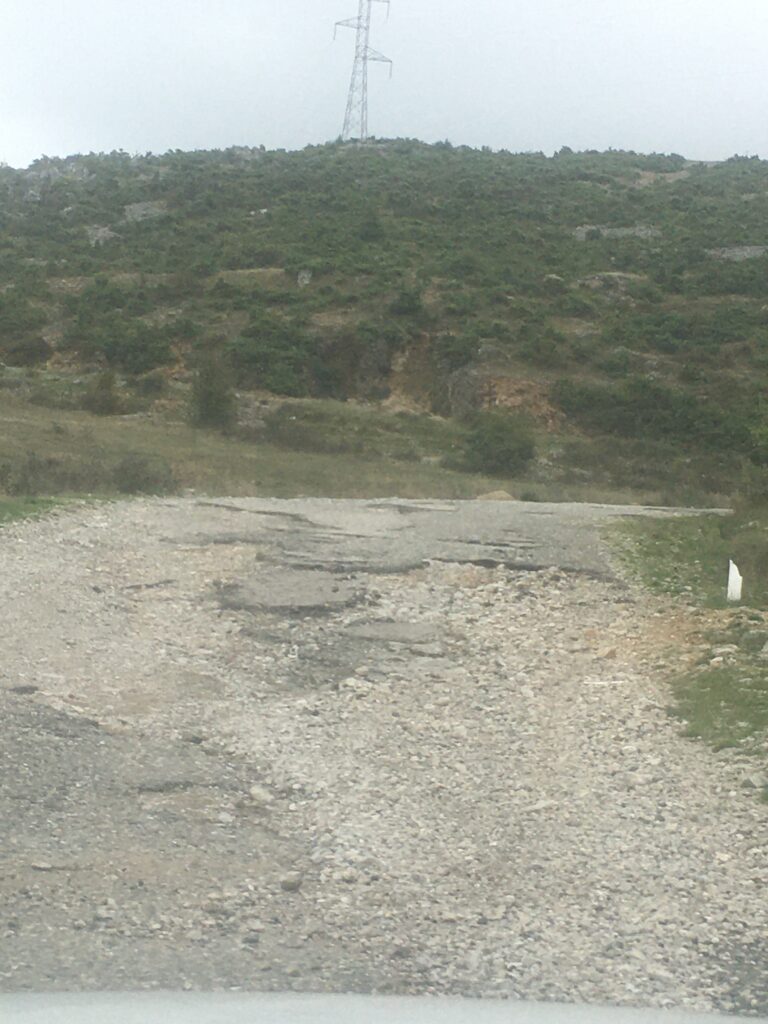
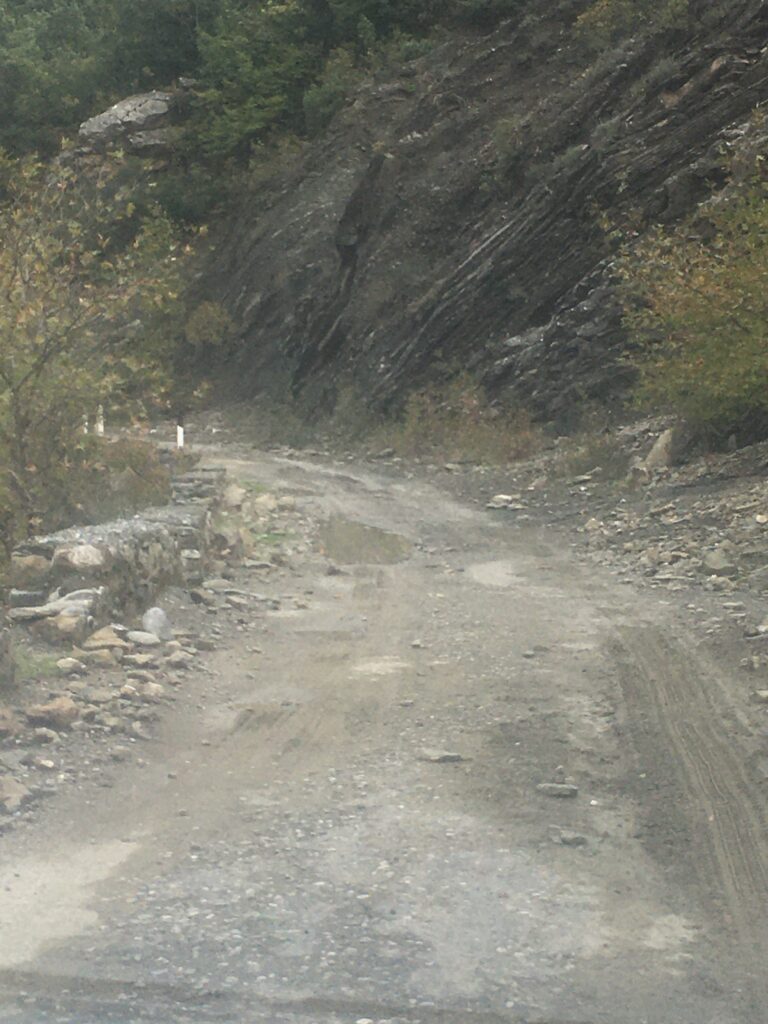
Rockfalls in Albania
One thing that is a major hazard are the rockfalls. Unlike most places where road signs indicate these as a possibility, in Albania, it’s a major probability. We saw many, many places with large amounts of rockfalls, some of which were huge (as big as small cars!).
Is it easy to get petrol / diesel in Albania?

There are many, many petrol stations in Albania, although most prefer not to be paid using credit / debit cards. Cash in Lek or Euros is by far preferred, to the extent where you may be told that the card reading machine is broken, even though it’s not!
Do you require an international driving permit in Albania?
We’ve created a dedicated page to driving abroad, which answers this question, and more, which you might find helpful.
Can you use your UK driving license when driving through Albania?
We’ve created a dedicated page to driving abroad, which answers this question, and more, which you might find helpful.
Do I need a carnet de passages to drive in Albania?
We’ve created a dedicated page to driving abroad, which answers this question, and more, which you might find helpful.
What are the speed limits in Albania?

The speed limits for cars in Albania are:
- 25mph (40 km/h) for urban driving
- 50 mph (80 km/h) outside of built up areas
- 55mph (90 km/h) on dual carriageways
- 70 mph (110 km/h) on motorways
What currency do they use in Albania?
In Albania they use the Albanian Lek, although the Euro is widely accepted. In fact, in many instances, it’s preferred and even requested ahead of the Lek. Cash is widely used. The use of credit / debit cards is now widespread in larger hotels and supermarkets, but only in some petrol stations. Travellers cheques are accepted in banks in major cities.
It’s difficult to obtain Lek outside of Albania, and you should use up all of your Lek before you leave if possible, as its a closed currency and thus you will find it difficult to change into other currencies in other countries.
There are ATMs in city centres, though not elsewhere. In Tirana, there are an incredible amount of currency exchanges which took all of our left over cash from all the countries we’d been to 🙂
You should make yourself aware of the amount that your bank charges you for using credit and debit cards abroad. Often credit cards are cheaper for purchasing items directly, and for withdrawing cash from ATMs.
What language do they speak?
They speak Albanian in Albanian. English is widely taught in schools, so many also speak English, especially the younger generations. Italian and Greek are also popular.
What time zone is Albania in?
Remember, when you’re planning your next trip to take a look at what time zone it’s in.
Do I need a visa to visit Albania?
We’ve created a dedicated, more comprehensive page on visas, which you should find helpful. Check it out!
Is wild camping legal in Albania?
Yes, wild camping is fine in Albania, although you should avoid national parks and natural reserves.
What plug / socket type do they use in Albania?
In Albania they use plug / socket types C and F.


Health issues in Albania
Is it safe to drink water in Albania?
No, it is not safe to drink tap water in Albania. Bottled water is readily available throughout the country.
What vaccinations are required for Albania?
This NHS website is kept up to date with all relevant information on vaccinations in Albania.
Phones in Albania
What is the country calling code for Albania?
The country calling code for Albania is +355
What are the emergency phone numbers in Albania?
- The emergency number for police in Albania is: 129
- In Albania, the emergency number for ambulance is: 127
- The emergency number for fire in Albania is: 128
Albania SIM card

We bought a One Albania Sim card at one of the many outlets they have in Shkodër. The woman in the store was super helpful 🙂
We paid ALL1800 (£14.50) for a 30 day pre-paid card with unlimited data. The Sim card worked in Albania, North Macedonia and Kosovo.
If you’ve got some useful info that you’d like to share, let us know!
And don’t forget to check out all the other pictures!
